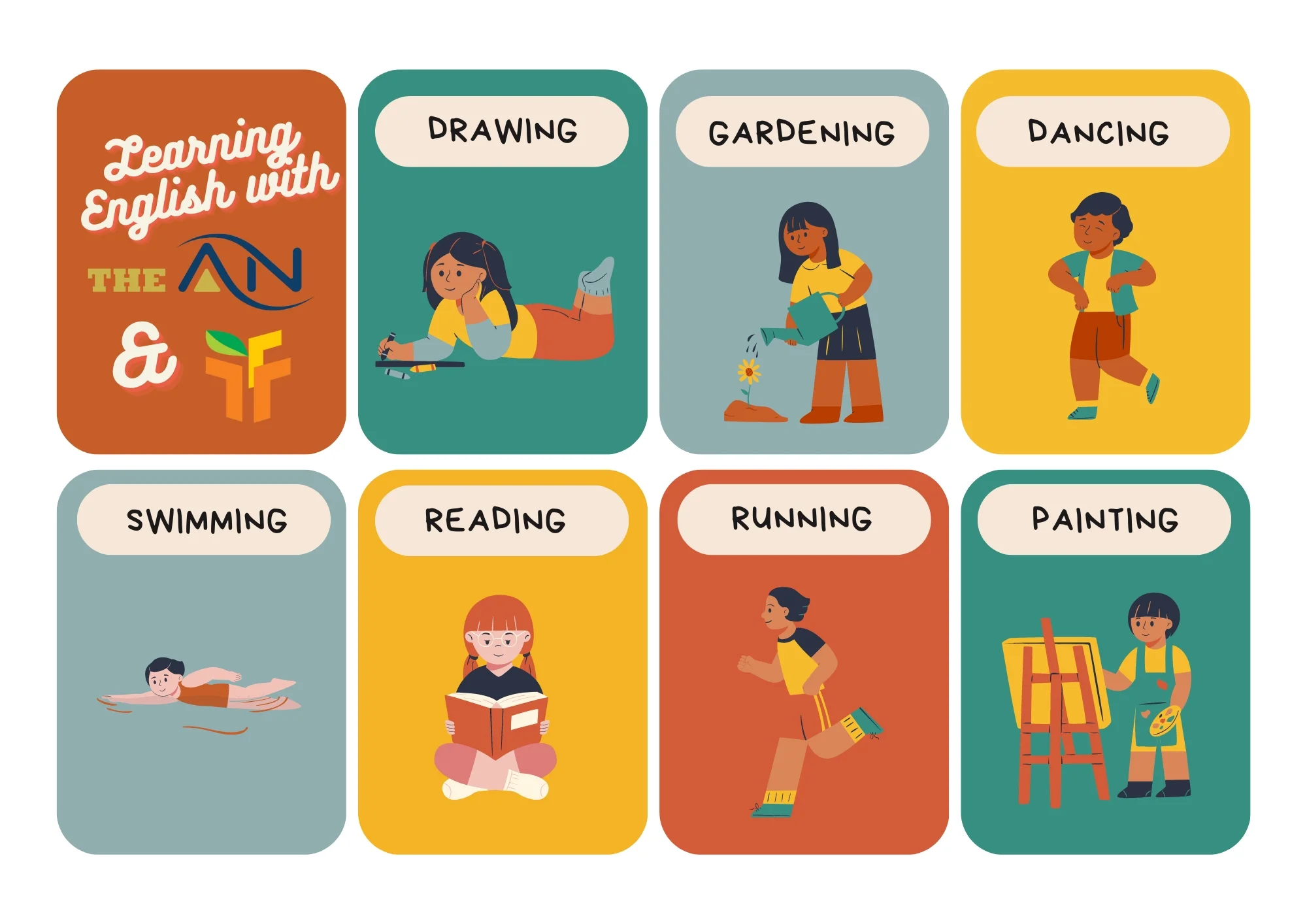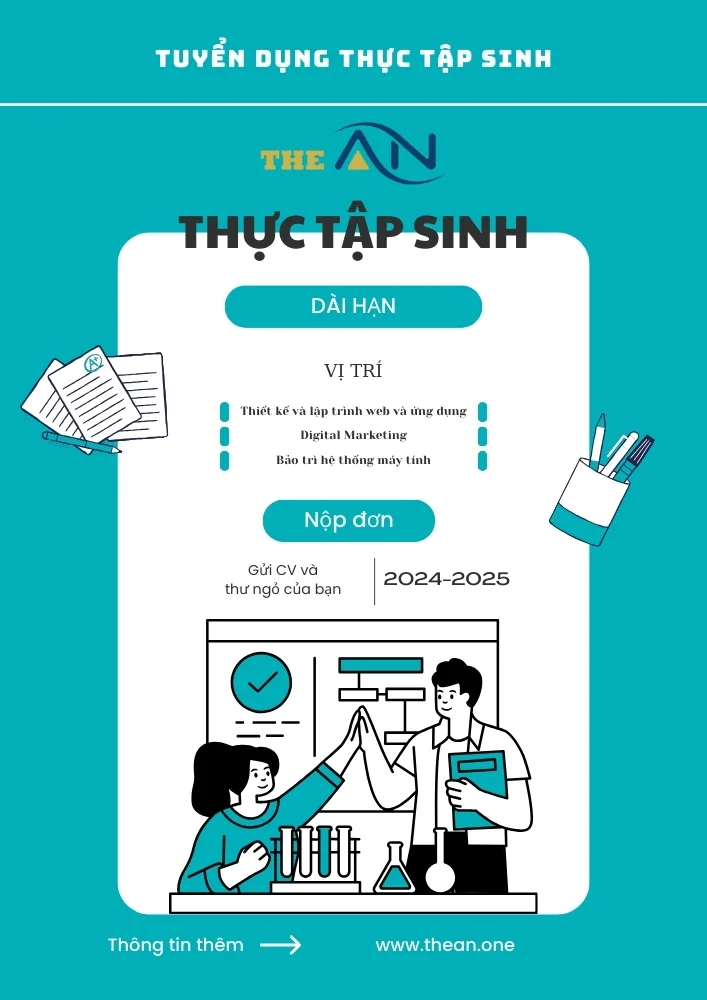Plural Noun – Rules and Examples

In English, there are different rules for forming plurals and some exceptions to the authorities. Therefore, it is essential to understand the rules and exceptions of plural nouns to use them correctly in written and spoken English. In this article, we will discuss its rules with examples in brief and other vital parts of plural nouns.
What is a Definition of Plural Noun?
Plural nouns play a vital role in English grammar. we use Plural Nouns in everyday speech. A word that designates more than one individual, location, object, or concept is called a plural noun.
Plural Noun Definition
A word that refers to multiple entities—a person, place, thing, or idea—is a plural noun. Plural nouns can also indicate possession, ownership, or a relationship between two or more nouns. You can form Plural Nouns by adding an -s or -es to the end of a singular noun. In some cases, the spelling of plural nouns may change, adding -en to the end of oxen or -ies to the end of puppies.
Plural Noun Examples
Some examples of plural nouns are:
- the plural of dog is dogs
- the plural of house is houses
- the plural of cat is cats
- the plural of a child is children
- the plural of the book is books
- the plural of a mouse is mice
Plural nouns are essential to constructing sentences and expressing ideas. Therefore, correctly knowing how to use plural nouns is critical to writing and speaking effectively in English.
Plural Noun Example in Sentences
Overall, plural nouns are an essential part of English grammar, and they are used to refer to more than one person, thing, place, or idea.
Plural Noun Examples in Sentences are:
- The dogs barked all night.
- The houses were all painted in different colors.
- Cats are my favorite animals.
- Birds are a delight to watch as they fly through the sky.
Subject-Verb Agreement: The Key to Proper Plural Noun Usage
When employing plural nouns, it’s crucial to ensure that the verb aligns correctly to maintain grammatical accuracy. Verbs associated with plural nouns encompass ‘are’ is simple present tense, ‘were’ is simple past tense, ‘are’ + verb + ‘ing,’ ‘were’ + verb + ‘ing,’ ‘have’ + past participle, ‘have’ + been + past participle, ‘will’ + have + verb + ‘ing,’ and ‘will’ + have + past participle.
Examples:
- None of the students have completed their homework which is Referring to a group of people.
- All the rescued animals have been safely returned to their natural habitats which is Referring to various animals.
- The textbooks and notebooks are stored on the shelves which is Referring to objects.
- All city schools are closed due to the political protests occurring in and around the city.
How to Form Plural Nouns?
English grammar can be tricky, especially when forming plural nouns. But, with the proper guidance, forming plural nouns can be pretty straightforward. Here are some tips for forming plural nouns:
- The most common way to create a plural noun is to add -s or -es to the end of the singular noun.
- To make them multiple, you can add- es for nouns with an s, sh, ch, x, or z end. For example, the bus becomes buses, and witch becomes witches.
- To make nouns that end in a consonant and y multiple, you can add the suffix -ies. For example, the party becomes parties, and the sky becomes the skies.
- For nouns that end in a vowel and y, you can add -s to make them plural. For example, the toy becomes a toy, and the tray becomes trays.
- For nouns that end in an f or fe, you can replace the f or fe with ves to make them plural. For example, the roof becomes the roof, and the wife becomes wives.
Plural Noun Rules
While the rules for forming plurals can be complex, understanding the basics of plural nouns can help you communicate more effectively. First, add “s” to make a word multiple. Cats, for instance, is the plural of the word “cat.” However, there are several exceptions to this rule.
- For nouns that end in “s,” “z,” “x,” “ch,” or “sh,” you typically add “es” to form the plural. So, for example, the plural of “box” is “boxes,” and the plural of “church” is “churches.”
- It would be best if you dropped “y” and “ies” for nouns that end in “y” to form the plural. For example, the plural of “penny” is “pennies.” However, if a vowel precedes the “y,” you add an “s” to make the noun plural. For example, the plural of “toy” is “toys.”
- Nouns that end in “f” or “fe” typically require you to drop the “f” or “fe” and add “ves” to form the plural. For example, the plural of “knife” is “knives,” and the plural of “wife” is “wives.”
By understanding the rules of plural nouns, you can make sure you communicate in English. In addition, you will be better prepared to understand the meaning of unfamiliar words.
Irregular Plural Nouns
Irregular plural nouns are those nouns that do not follow the usual rules for forming plurals. Therefore, these nouns require special attention when writing in the plural form. Examples of irregular plural nouns are some animals (mouse – mice), some nouns that end in f or fe (calf – calves), some nouns that end in o (potato – potatoes), some nouns that end in y (toy – toys), some nouns that end in s or z (gas – gases), and some nouns that end in is (axis – axes).
In most cases, when forming an irregular plural, the final letter of the singular form is changed to an -es or -s.
When forming irregular plurals, it is essential to remember that not all nouns follow the same rules. For example, some nouns, like “sheep” and “deer,” don’t change when they become plural. On the other hand, some nouns modify in an unexpected way, such as “child,” which becomes “children,” and “ox,” which becomes “oxen.”
When in doubt, it is best to consult a dictionary to determine the correct plural form of a word. Remember that some nouns, like “water,” “air,” and “money,” don’t have a plural form.
Irregular plural nouns can be confusing, but with some practice and by consulting a dictionary, it is possible to master them. In addition, knowing how to form irregular plurals correctly will help make written work more accurate and professional.
Plural Nouns vs. Singular Nouns
A noun is a word you can refer to as a person, place, thing, or idea. While plural nouns relate to many, singular nouns, only refer to one specific person, place, thing, or idea. In addition, singular nouns typically take the form of the word itself, while plural nouns take a different state, usually by adding an -s or -es at the end. For example, the singular form of the word “book” is “book,” while the plural form is “books.”
Singular nouns are often used in the subject of a sentence, while plural nouns are in the object of a sentence. For instance, the issue is “cat,” a singular word, while the thing is “mouse,” a plural noun, in the sentence “The cat chased the mouse.”
In addition, singular nouns refer to a single person or thing, while plural nouns refer to more than one person or thing. For example, the particular form of the word “person” is “person,” while the plural form is “people.”
Plural nouns vs. possessive nouns
Here’s an explanation of the difference between possessive nouns and plural nouns:
Possessive nouns demonstrate ownership or possession, typically indicated by adding an apostrophe and an “s” (‘s) at the end of the noun. For instance, if your friend Marja owns a bike, you would write it as:
– Marja’s bike
On the other hand, plural nouns often cause confusion with possessive nouns because they both usually end in -s. However, the key distinction lies in the use of the apostrophe:
– Plural nouns do not have an apostrophe, as seen in “bosses” when referring to multiple bosses.
– Possessive nouns require an apostrophe and an “s,” like “boss’s,” to indicate that something belongs to the singular boss.
– When dealing with plural possessive nouns, use an apostrophe after the plural form, such as “bosses'” to indicate that something belongs to multiple bosses.
To summarize:
– Singular: boss
– Singular Possessive: boss’s
– Plural: bosses
– Plural Possessive: bosses’
Understanding this distinction helps ensure proper usage in your writing and clarity in expressing ownership or plurality.
Plural Noun Quiz/Exercises
- Ladiess
- Ladie
- Ladies
- Bushs
- Bushes
- Bushies
- Geeses
- Geese
- Gooses
- Churchs
- Church
- Churches
- Shopps
- Shopes
- Shops
The correct answers are in bold which are mentioned above.
FAQs on Plural Nouns
A word that designates more than one individual, location, object, or concept is called a plural noun. Examples of plural nouns include books, dogs, cars, and bananas.
A noun that does not construct the plural by adding -s or -es is said to have an irregular plural. Examples of irregular plural nouns include children, feet, geese, mice, oxen, and teeth.
Plural noun examples include cats, dogs, birds, books, houses, cars, people, apples, chairs, and trees.
Plural nouns indicate more than one of something. To form plurals:
- Add “-s” to most nouns: Cat → Cats
- Add “-es” to nouns ending in -s, -x, -z, -sh, or -ch: Box → Boxes
- Change “-y” to “-ies” if the noun ends in a consonant + “y”: Baby → Babies
- Some nouns have irregular plurals: Man → Men
- Some nouns stay the same in both singular and plural: Deer (singular and plural)
- In compound nouns, the main noun usually takes the plural form: Toothbrush → Toothbrushes
- Foreign words may retain their original plurals: Focus → Foci
Practice and familiarity with these rules will help you use plurals correctly in English.
Quý anh/chị đang tìm kiếm một doanh nghiệp uy tín cung cấp dịch vụ Công Nghệ Thông Tin như Thiết kế và lập trình website, Digital Marketing, hoặc dịch vụ Bảo trì và chăm sóc hệ thống máy tính, ...? Đừng ngần ngại hãy liên hệ với The ÂN qua số điện thoại (+84).326.418.478 để được tư vấn cụ thể, hoặc liên hệ qua mẫu tin.
Các thông tin nổi bật khác:









